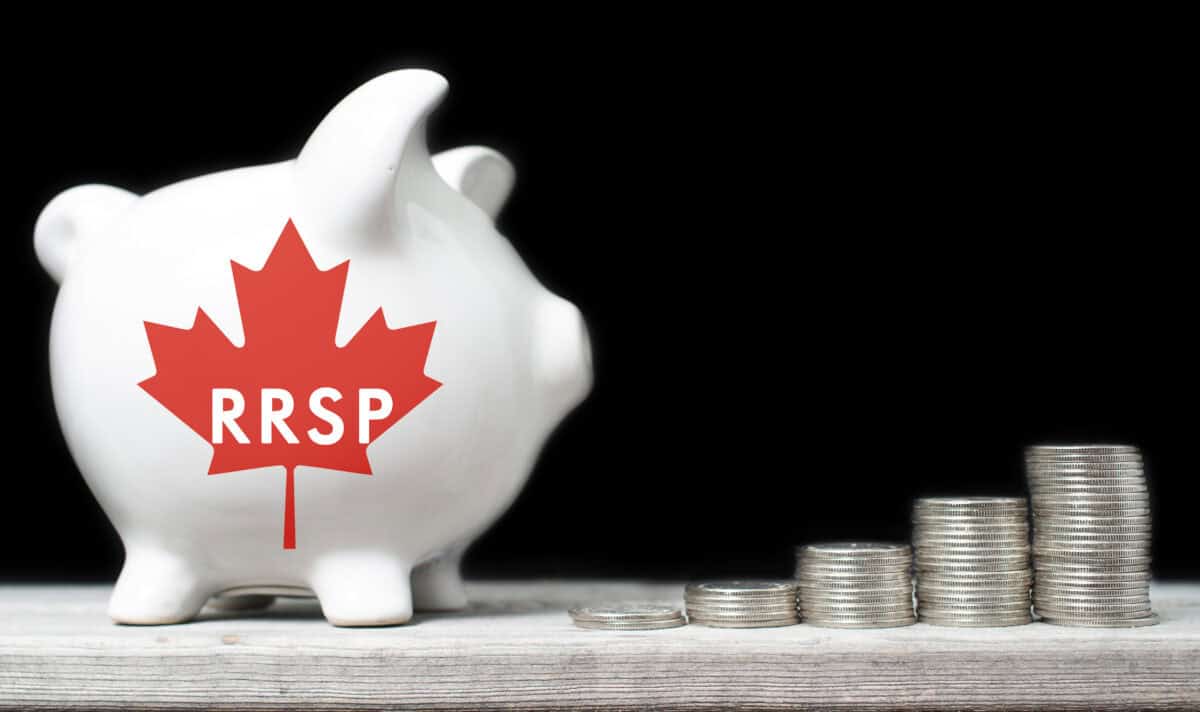As of 2024, the average Registered Retirement Savings Plan (RRSP) balance for 40-year-old Canadians stands at around $103,000. While this figure may seem respectable, many are beginning to realize that it might not be sufficient for a comfortable retirement.
As Canadians approach retirement age, costs associated with living, healthcare, and potential lifestyle choices can add up quickly. With experts suggesting that having approximately $1 million saved for retirement is ideal, the current average could leave a considerable shortfall for many.
The problem
This average RRSP balance poses a challenge, especially considering that retirement expenses often exceed expectations. Factors like inflation, increased healthcare needs, and unexpected emergencies can put a strain on savings. Furthermore, many Canadians may plan to maintain a certain lifestyle in retirement, which requires more substantial savings. The reality is that relying solely on RRSP funds may not provide the financial freedom desired during retirement years.
To bridge this gap, Canadians can adopt various strategies to boost their RRSP balances. Increasing contributions, especially when combined with employer matching, can make a significant difference over time. Exploring other investment vehicles, such as stocks or mutual funds, can also lead to higher returns than those offered by traditional savings accounts. The power of compound interest can work wonders, thus making it crucial to start investing early and regularly to maximize retirement savings.
Consider Sun Life
One strong investment choice is Sun Life Financial (TSX:SLF) on the TSX, which has shown impressive earnings momentum. In the first quarter of 2024, Sun Life reported an underlying net income of $875 million, reflecting a healthy growth trajectory. Kevin Strain, the company’s President and CEO, stated on earnings, “We delivered on our Client Impact strategy by advancing our asset management and insurance businesses,” highlighting the company’s robust performance in a competitive market. With strong fundamentals and a commitment to driving shareholder value, investing in SLF can be a wise choice for Canadians looking to secure their financial futures.
In fact, the stock still looks quite valuable, offering a 4.3% dividend yield as of writing, as well as a trailing price/earnings (P/E) ratio of 14.2. Shares are also up 10.3% at writing, showing that even in this last volatile year, the stock has performed quite well. And that should certainly give investors further confidence about the long-term future of this dividend stock.
So while the average RRSP balance for 40-year-olds may sound decent, it often falls short of what’s needed for a comfortable retirement. Yet by increasing contributions and investing in solid opportunities like Sun Life Financial, Canadians can work towards building a more secure financial future.
Bottom line
In a nutshell, while the average RRSP balance for 40-year-old Canadians sits at around $103,000, it’s clear that many may need to step up their savings game to enjoy a comfortable retirement. With costs rising and experts suggesting a target of about $1 million, it’s essential to explore ways to boost those savings, whether through increased contributions or smart investments like Sun Life Financial (SLF) on the TSX. So, if you’re looking to secure your future, keep an eye on those investments and make every dollar count!







